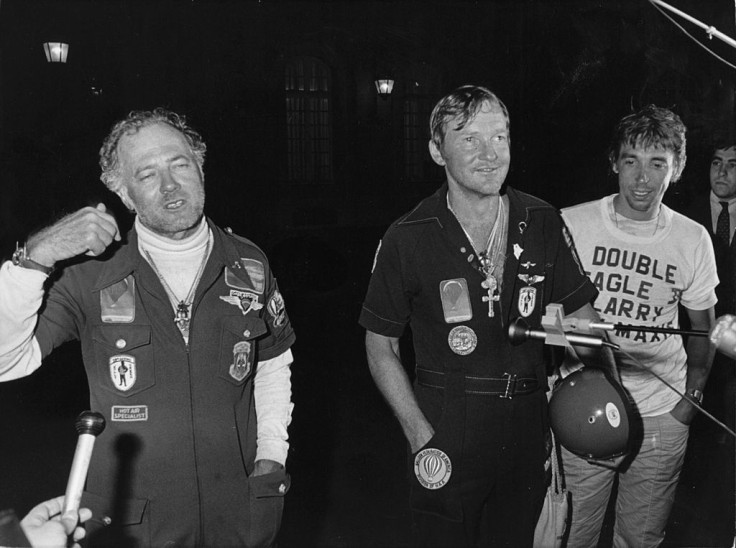Many people know the life and story of Amelia Earhart, an American aviator that took to the skies to become the first female aviator to fly solo across the Atlantic Ocean.
Although Earhart's feat is noteworthy, there is one other aviator that achieved the same thing. The only difference is that while Earhart used an airplane to cross the Atlantic, this other aviator used a hot air balloon.
Here is the story of the Double Eagle II and its pilots, Ben Abruzzo, Maxie Anderson, and Larry Newman.
The Story Behind The Double Eagle II's Atlantic Crossing
Before there were airplanes, humanity took to the skies using hot air balloons, which were first developed in the early 1780s by French papermaking brothers Joseph and Etienne Montgolfier, per History.
People eventually added lighter-than-air gas into the aircraft, such as helium or hydrogen, which led people such as Jean-Pierre Blanchard and John Jeffries to cross the English Channel using a hot air balloon.
As time went on, though, balloons eventually became used for transport than sport, leading people to invent motorized hot air balloons. These balloons, which are known as dirigibles, are known to propel themselves forwards, allowing for faster speeds in the air than a traditional hot air balloon.
After the second world war, piloting dirigibles soon became a sport as new technology helped make the journey safer and more affordable.
It was during this time that Ben Abruzzo and Maxie Anderson attempted to cross the Atlantic after 17 unsuccessful attempts to do so by other courageous aviators.
Read More : Spanish YouTuber Channel has Been Banned After He Demanded Free Food for Covering a Bar in a Livestream

Abruzzo and Anderson previously attempted to cross the Atlantic before but were blown off course. However, they attempted to do so again after some time with the addition of Larry Newman as a third pilot aboard the Double Eagle II.
The three pilots then took flight on August 11 from Presque Isle, Maine, per Taraross. During the crossing, the balloon rose and fell depending on the temperature in the air. It was during one of these fluctuations that the balloon fell to 4,000 feet, which meant that the balloon was too heavy to continue.
However, the pilots persevered after dropping off most of their belongings and equipment to the ocean below.
The National Air And Space Museum mentioned that the three pilots, along the Double Eagle II, safely landed in a wheat field near Miserey, France, on August 17, 1978.
Double Eagle II Features
The Double Eagle II used by Abruzzo, Newman, and Andeson consists of a helium-filled balloon that was 112-feet high, 65 feet in diameter, and a capacity of 160,000 cubic feet. Meanwhile, the gondola the three pilots rode in measured 15x7x4.5 ft, and was named "The Spirit of Albuquerque."
It is equipped with a twin-hulled catamaran that would allow the gondola to float should an emergency water landing is required.
Although the gondola was unpressurized, the three pilots brought their own supply of oxygen to help them breathe at high altitudes.









